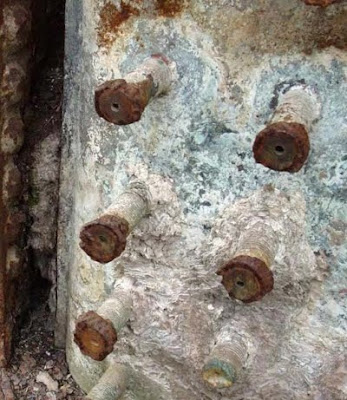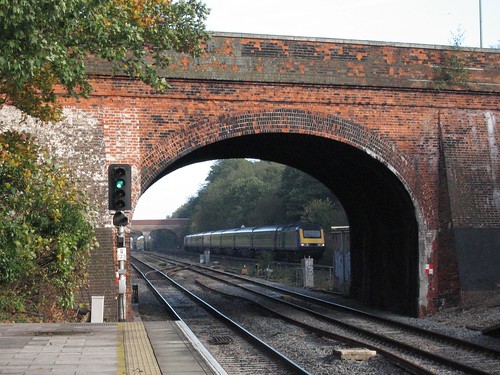| Standard bus | 2,500-4,000 |
| Busway | 4,000-6,000 |
| Guided bus | 4,000-6,000 |
| Tram/Light rail | 12,000-18,000 |
| Heavy rail | 10,000-30,000 |
Link to full report
| Standard bus | 2,500-4,000 |
| Busway | 4,000-6,000 |
| Guided bus | 4,000-6,000 |
| Tram/Light rail | 12,000-18,000 |
| Heavy rail | 10,000-30,000 |







I have complained endlessly about Southern's so-called Fasticket machines since they were introduced in a hasty system-wide rollout in 2005. Nothing fundamental has been done to address the problems. They are cumbersome with a poor and non-intuitive program flow, a poor interface and a lack of reliability, especially the on-screen keyboard which passengers must use if they are not going to the most popular dozen or so destinations. The touch screens are either over-sensitive or unresponsive, and sometimes both, depending which part of the screen has to be touched.
Most people seem to take about two minutes to buy a ticket, with the result that queues can build up, and so one needs to allow ten minutes to get a ticket. When one considers that the government is willing to spend billions on a high speed, just to save a few minutes on a long journey, it makes no sense to force passengers to waste their time queuing to buy tickets.
Without making major changes to the software, an immediate improvement could be made if the station names could be typed from the keyboard used to enter the credit card PIN number, as on a mobile phone.
But frankly the machines are dreadful. I can buy a ticket from Uppsala to Stockholm in 15 seconds. The procedure there is
Of course it would be even quicker if the ticket machines were on the trains.
I gather from other sources that the problem is partly due to the regulatory authorities who set the standards. We should not have to put up with this bad technology. And why are complaints simply ignored?